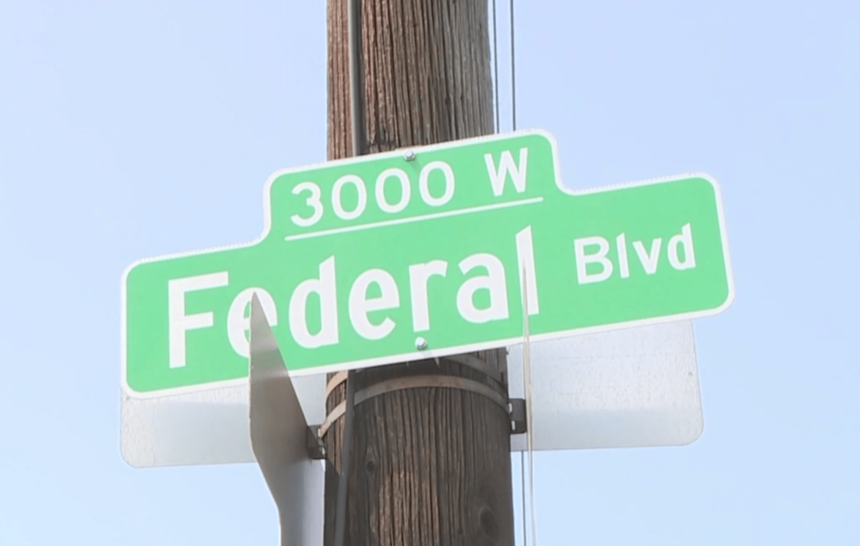DENVER (KDVR) — Dozens of license plate readers have been installed across Denver, with a total of 111 expected throughout the city by mid-June.
Installation of the new automated license plate reader network is already underway, with 55 in place since the plan was announced in January as part of an initiative to crack down on auto theft. Plate readers are to be installed at about 70 intersections throughout Denver, according to the Denver Police Department.
In a release on Wednesday, the department said the plate readers installed so far have already led to “success stories” in tracking suspect and stolen vehicles, including 15 cases in May that led to an arrest or an assist on an investigation.
“The ALPR network is providing the investigative leads we expected, and we are optimistic about achieving even more positive outcomes like these for our community once the network is fully installed,” Police Chief Ron Thomas said in a statement.
How do license plate readers work?
Police say the automated license plate reader system is used to find vehicles associated with crimes, like those involved in hit-and-run crashes and Amber or Silver alerts, as well as stolen vehicles and those involved in homicides.
“So when an individual steals a car, we have these license plate readers installed all over the area. Then the officers can then receive an alert through the system indicating where that individual stolen car may be at the time,” Commander Paul Jimenez told FOX31 on Wednesday.
Police say the system captures an image of the back of the vehicle and its license plate, make, model and color. That information is put into an encrypted Denver police database that requires officers to give a reason to search it.
The driver or other people inside the vehicle are not filmed, and no personally identifying information is collected, according to police. The department also said none of the information is shared with Immigration and Customs Enforcement or third parties and is not used for traffic enforcement.
Nonetheless, groups like the American Civil Liberties Union raise privacy concerns about the technology, warning that the information — including for innocent drivers — can be pooled into large databases and retained for years or even indefinitely.
Police in Denver maintain the data is stored for 30 days except for investigative requests to keep it longer. They also say the public will be able to access a transparency portal that will show information like the system’s policy, statistics on how many vehicles were detected and the number of wanted vehicles detected.
Where will Denver’s license plate readers be?
Locations for the solar-powered readers were chosen based on areas with high volumes of auto theft, violent crime and hit-and-run crashes, according to a January presentation announcing the initiative. They will be installed in each of the city’s six police districts and can be relocated.
The following map from January shows the expected locations for the plate readers:
Denver already uses plate readers at Federal Boulevard and 6th Avenue, as well as at Colfax Avenue and Sheridan Boulevard, where they will remain.










